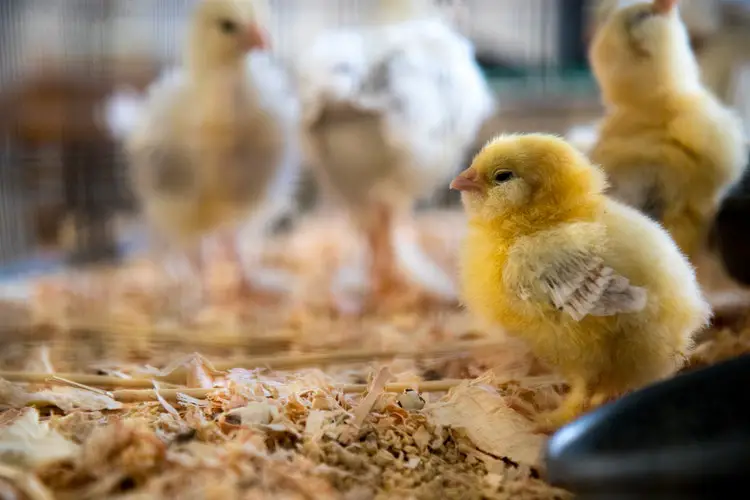When it comes to raising healthy ducklings and chicks, the importance of a well-prepared brooder cannot be overstated. A brooder serves as a warm and safe haven for these little creatures during the initial phases of their lives. Understanding the essentials of setting up and maintaining a brooder is key for any poultry enthusiast. This guide will walk you through everything you need to know about brooders, making sure your ducklings and chicks thrive.

What is a Brooder?
A brooder is essentially a heated enclosure that provides warmth and protection to young poultry such as ducklings and chicks. This environment replicates the warmth they would naturally receive from a mother hen, ensuring they grow in a healthy manner. Brooders can range from simple homemade setups to elaborate commercial solutions.
Why Do Ducklings and Chicks Need a Brooder?
In their early days, ducklings and chicks are unable to regulate their body temperature. A brooder provides the necessary warmth they need to survive and thrive. It also keeps them safe from predators and prevents them from wandering off. Without a proper brooder, these young birds are vulnerable to the elements and other dangers.
Temperature Control in a Brooder
Maintaining the correct temperature in a brooder is crucial. For the first week, the temperature should be around 90-95F, decreasing by about 5F each week until the birds are fully feathered. A heat lamp is often used to provide this warmth, but care must be taken to avoid overheating.
Choosing the Right Brooder Size
The size of your brooder depends on the number of ducklings and chicks you have. Each bird needs enough space to move around comfortably. Overcrowding can lead to stress and increased risk of disease. As a rule of thumb, allow about 0.5 square feet per chick for the first few weeks.
Setting Up a Brooder
Setting up a brooder involves several steps. Begin by selecting a location that is safe from drafts and predators. Line the bottom of the brooder with absorbent material such as pine shavings or straw. This will help keep the brooder clean and dry.
Feeding and Watering
Providing proper nutrition is vital for the growth of ducklings and chicks. Use feeders and waterers that are designed to prevent spillage and contamination. Place them in easy-to-reach locations within the brooder. Make sure to change the water daily to keep it fresh.
Cleaning and Maintenance
Regular cleaning of the brooder is essential to prevent disease. Remove soiled bedding and replace it with fresh material. This routine should be done at least once a week. For more detailed cleaning tips, you can refer to this guide on cleaning a chick brooder.
Common Brooder Problems and Solutions
Even with the best setup, you may encounter some issues. Overheating or insufficient warmth can cause stress and health problems in ducklings and chicks. Ensure you have a thermometer in place to monitor temperatures. If you notice any signs of illness, isolate the affected bird immediately to prevent the spread of disease.
Dealing with Pasty Butt
Pasty butt is a common issue in young chicks where droppings stick to the vent area. Regularly check and clean the area to prevent blockages. Providing grit in the brooder can help with digestion. Learn more about introducing grit in a brooder.
Transitioning Ducklings and Chicks to the Outdoors
As your ducklings and chicks grow, they will eventually need to transition to the outdoors. This process should be gradual and depends on the weather and the birds’ feathering. Start by allowing them to explore outside the brooder for short periods, gradually increasing the time as they grow more accustomed to the environment.
Weather Considerations
Before moving them outside, ensure the weather is mild and stable. Avoid transitioning during extreme temperatures or bad weather conditions. A safe and secure coop should be ready to welcome them.

Frequently Asked Questions
How long do ducklings and chicks need to stay in a brooder?
Generally, ducklings and chicks stay in a brooder for about 6-8 weeks, depending on their growth and feathering.
What materials are best for brooder bedding?
Pine shavings are commonly used due to their absorbency and odor control. Avoid cedar shavings as they can be harmful to young birds.
Can I use a regular bulb for heating?
It’s best to use a heat lamp specifically designed for brooders. Regular bulbs may not provide consistent warmth and can pose a fire hazard.
This article contains affiliate links. We may earn a commission at no extra cost to you.











